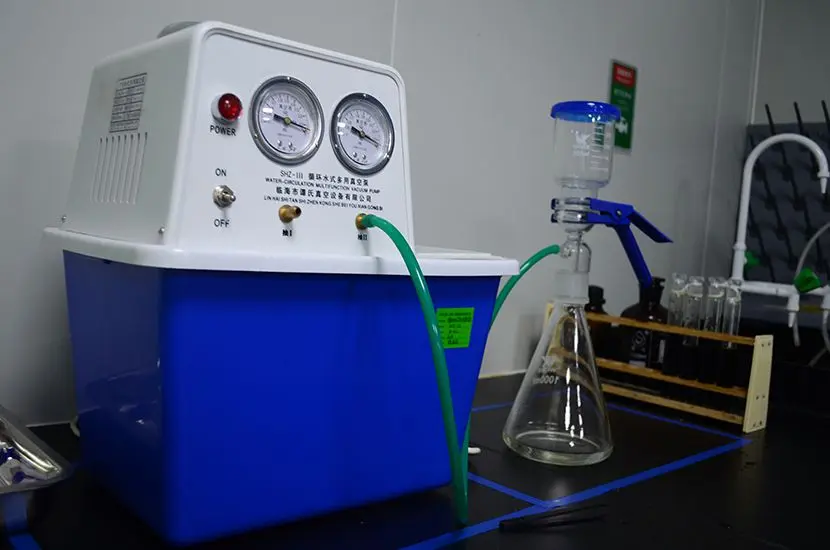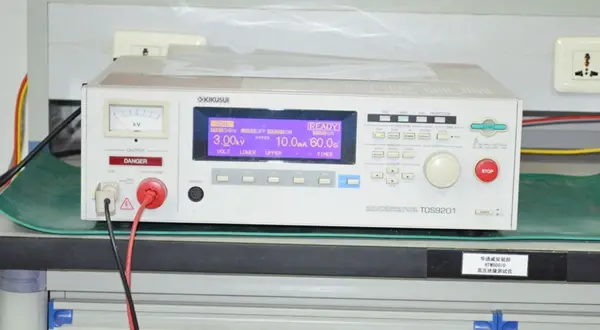
Cosmetic Product Safety Report
In the cosmetics field, the CPSR report usually refers to the Cosmetic Product Safety Report. It is a key compliance document requiRED by the EU Cosmetics RegULation (EC) No 1223/2009, designed to ensure the safety assessment of cosmetics before they are placed on the market.
What is a Cosmetic CPSR Report?
CPSR (Cosmetic Product Safety Report) is a technical document prepared by a Qualified Safety Assessor (QSA). It is used to prove the safety of cosmetics and compliance with EU regulatory requirements. Without a valid CPSR, cosmetics cannot be legally sold in the EU market.

Core Content of the CPSR Report
The report is divided into Part A (Safety Information) and Part B (Safety Assessment Conclusion):
Part A: Product Safety Information
(1) Product Ingredients
Includes CAS numbers, concentrations, and compliance status (in line with EU Cosmetics Regulation Annexes) of all raw materials, fragrances, preservatives, etc.
(2) Product Characteristics
Dosage form (emulsion, spray, etc.), pH value, stability data, etc.
(3) MICrobiological Testing
Evidence that the product is free from harmful microbial contamination.
(4) Toxicological Data
Data on skin irritation, sensitization, phototoxicity, etc., of the ingredients.
(5) Exposure Assessment
Usage method (e.g., leave-on/rinse-off), frequency of use, target population (adults/children).
(6) Adverse Event Records (if any)
Complaints or allergy reports of similar products in the past.
Part B: Safety Assessment Conclusion
Signed by a Qualified Safety Assessor (QSA) to confirm:
① The product is safe under normal or reasonably foreseeable conditions of use.
② The adequacy of warning statements on the label, such as "Avoid contact with eyes".
③ Compliance with EU regulations, such as prohibitions on restricted ingredients and their concentration limits.
Who Needs a CPSR Report?
(1) Cosmetic Brands
Enterprises within the EU or exporting to the EU.
(2) Contract Manufacturers
Required to provide formulations and testing data in collaboration with brands.
(3) Cross-border E-commerce Sellers
Those selling to the EU via platforms such as Amazon and AliExpress.
Importance of the CPSR Report
(1) Legal Mandate
A mandatory document for EU market access; otherwise, products may be removed from shelves or result in fines.
(2) Consumer Safety
Avoids product recalls or lawsuits caused by safety issues.
(3) Brand Reputation
Demonstrates that the product has undergone professional safety assessment, enhancing market trust.
Requirements for Preparing a CPSR Report
(1) Provide Complete Formulation
100% disclosure is required, including fragrances, preservatives, etc.
(2) Conduct Necessary Tests
Such as microbiological testing, stability testing, and preservative challenge testing.
(3) Assessment and Sign-off by EU-Certified QSA
Typically requires a cosmetics toxicology expert.
Frequently Asked Questions
What is the relationship between CPSR and PIF (Product Information File)?
A: CPSR is a core component of PIF. PIF also includes documents such as product labels and GMP certificates.
Must Chinese cosmetics exported to the EU obtain a CPSR?
A: Yes. Regardless of the place of origin, any product sold in the EU must comply with EU regulations, including the requirement for a CPSR.
Email:hello@jjrlab.com
Write your message here and send it to us
 Food Packaging Material Testing
Food Packaging Material Testing
 Cosmetic Product Safety Report
Cosmetic Product Safety Report
 What is Prop 65 Warning?
What is Prop 65 Warning?
 Does RoHS Apply to Packaging?
Does RoHS Apply to Packaging?
 How to Get RoHS Compliance?
How to Get RoHS Compliance?
 How to get EN 62368-1 Test Report
How to get EN 62368-1 Test Report
 EN 300 328 Bluetooth Test Report
EN 300 328 Bluetooth Test Report
 How to get the EN 300328 Test Report?
How to get the EN 300328 Test Report?
Leave us a message
24-hour online customer service at any time to respond, so that you worry!




